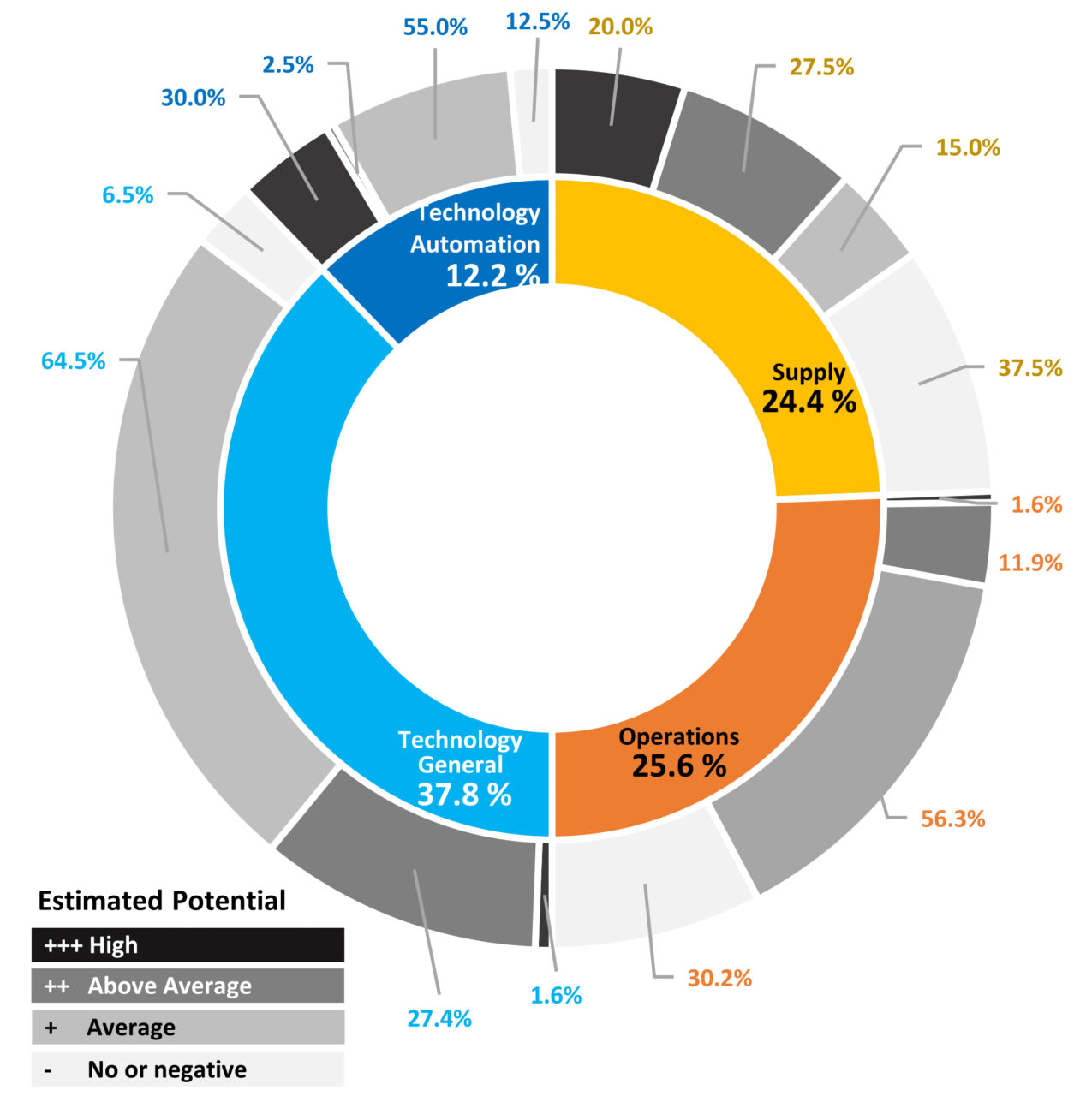
Michael Nold, Francesco Corman
2024
Full text
The railway system can fulfil society’s current and future transportation goals; compared to other transport modes, it does that with high energy, space and resource efficiency. It can deliver high-quality transport services, superior speed, safety and comfort to most competing modes. Nevertheless, its share of the total traffic is often relatively small. This study examines new technologies, their challenges and opportunities for the railway system to understand possible futures of the railway systems, allowing it to prepare ahead of time to prepare and exploit its competitive strengths and possible technological developments. In this paper, we report on multi-stage interviews of 30 experts concerning a holistic technological view of the railway system. The surveyed experts reported on perspectives from the railway operator, industry and research from Switzerland and Europe. The outcomes were categorized into supply, operation and technology aspects and evaluated by their potential for improvement, system impact of the changes, time horizon of possible implementation, and effects on modal shift. The results show that many aspects contribute to the further development of the technologies, but no single game changer could be identified. Developments are expected in automation; revolutionary changes are perceived as unlikely.